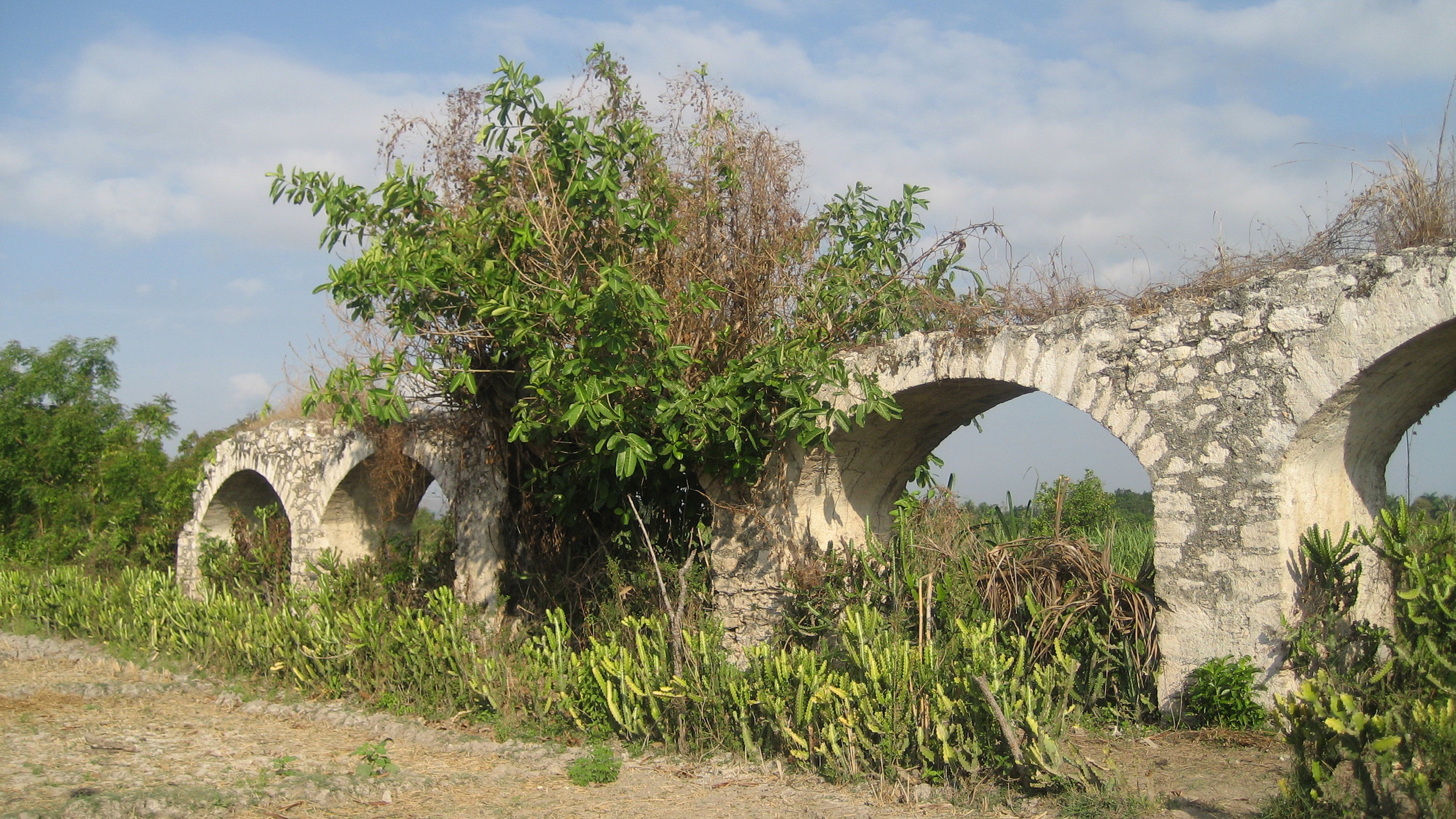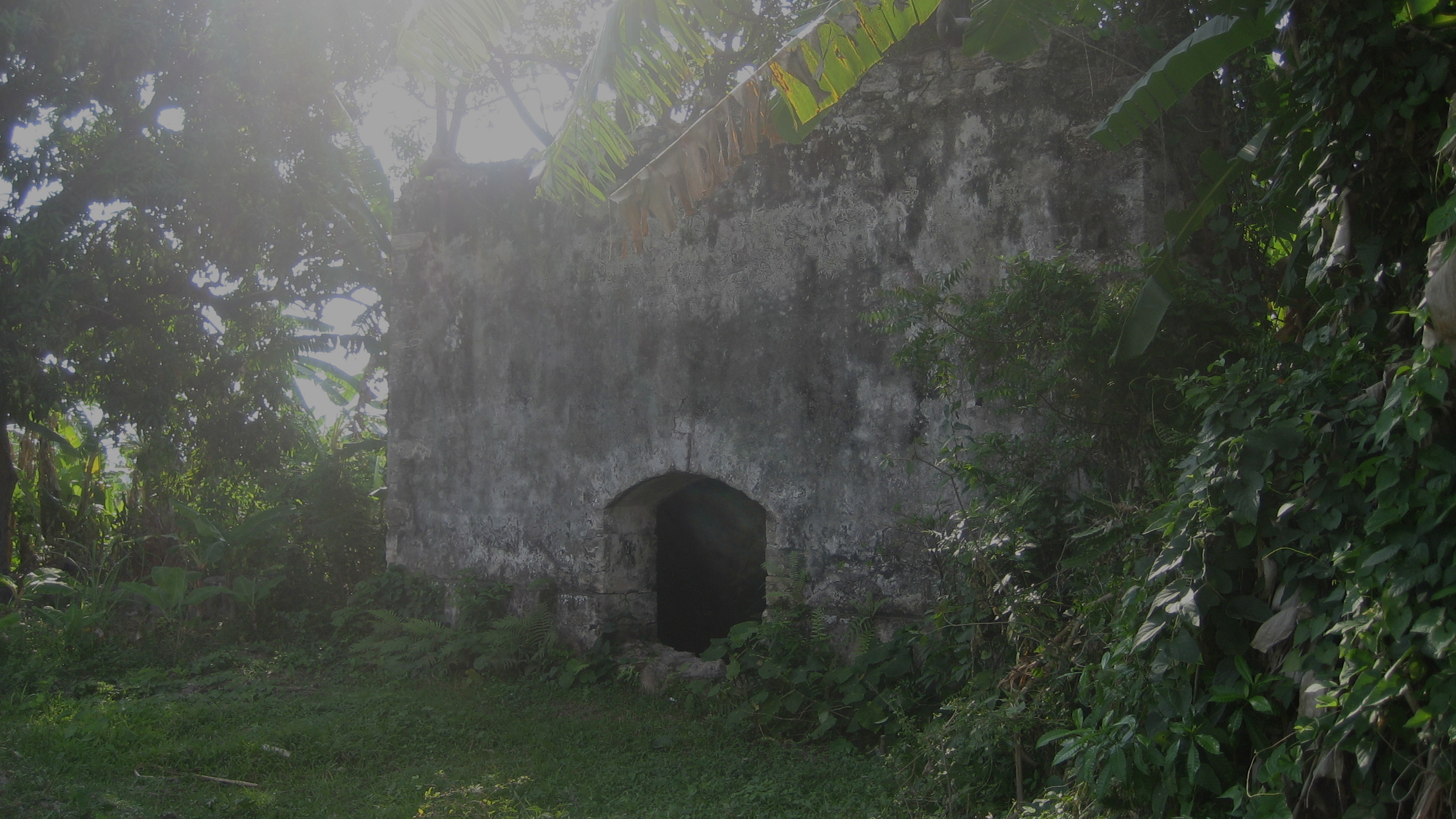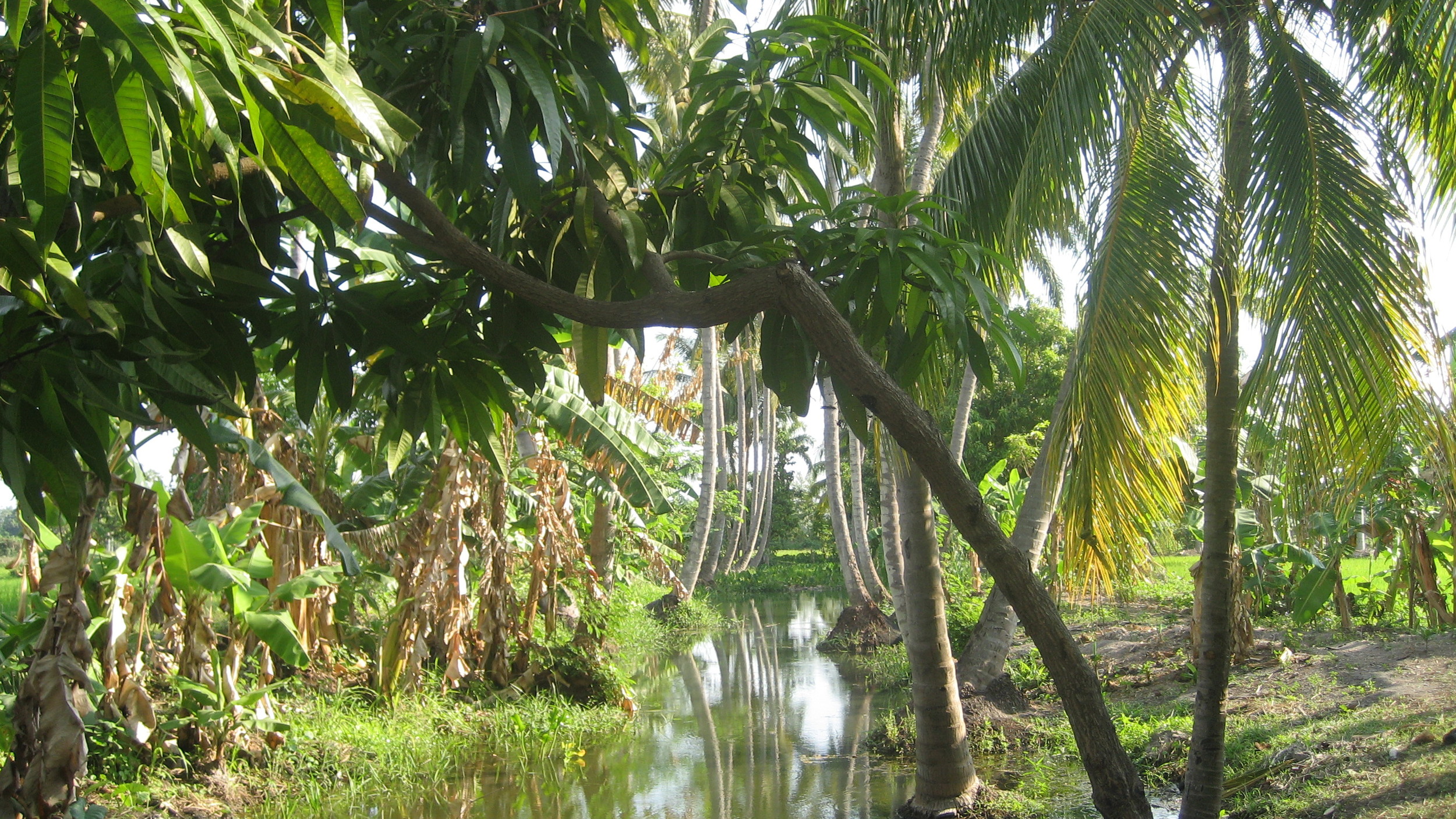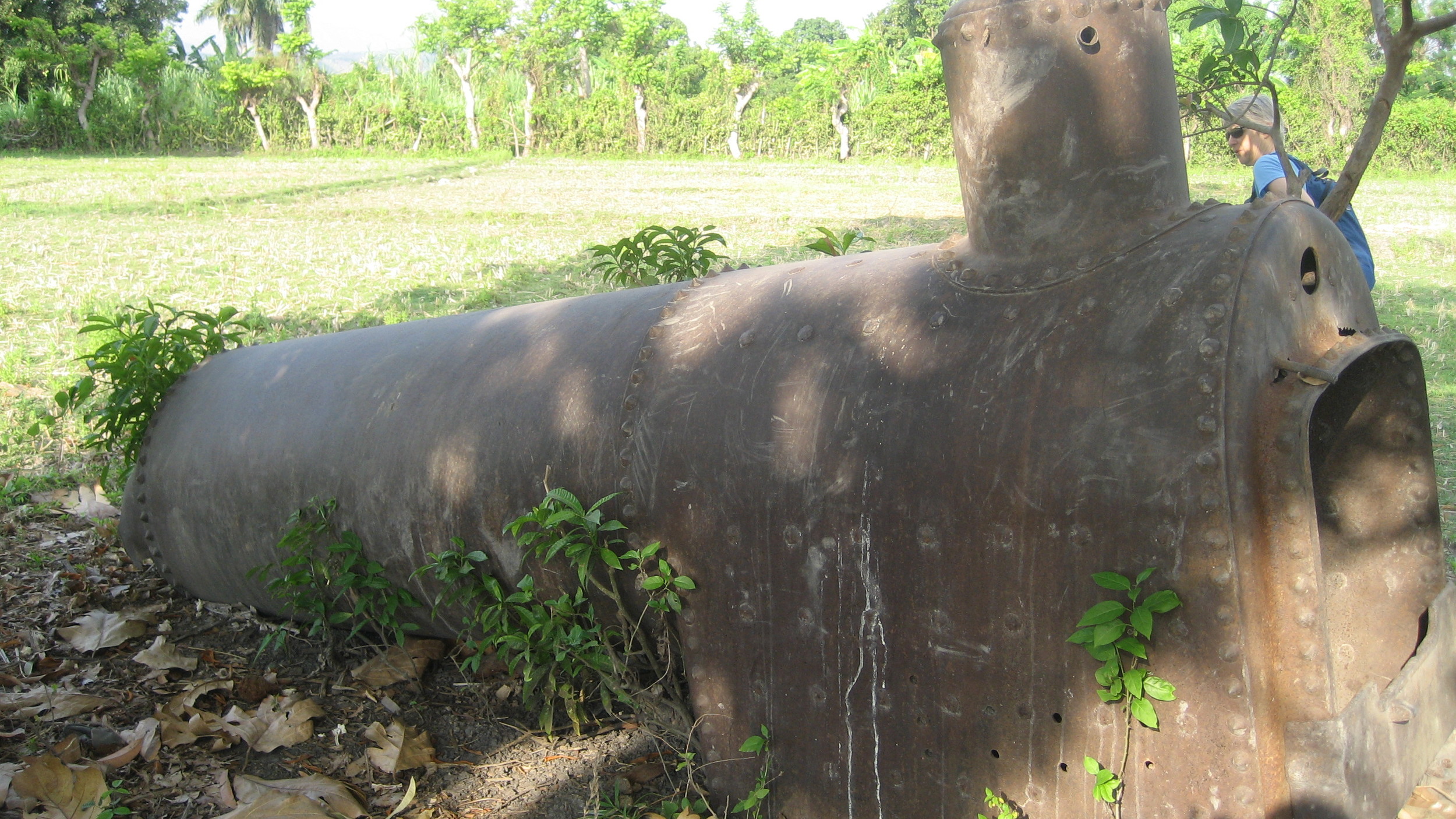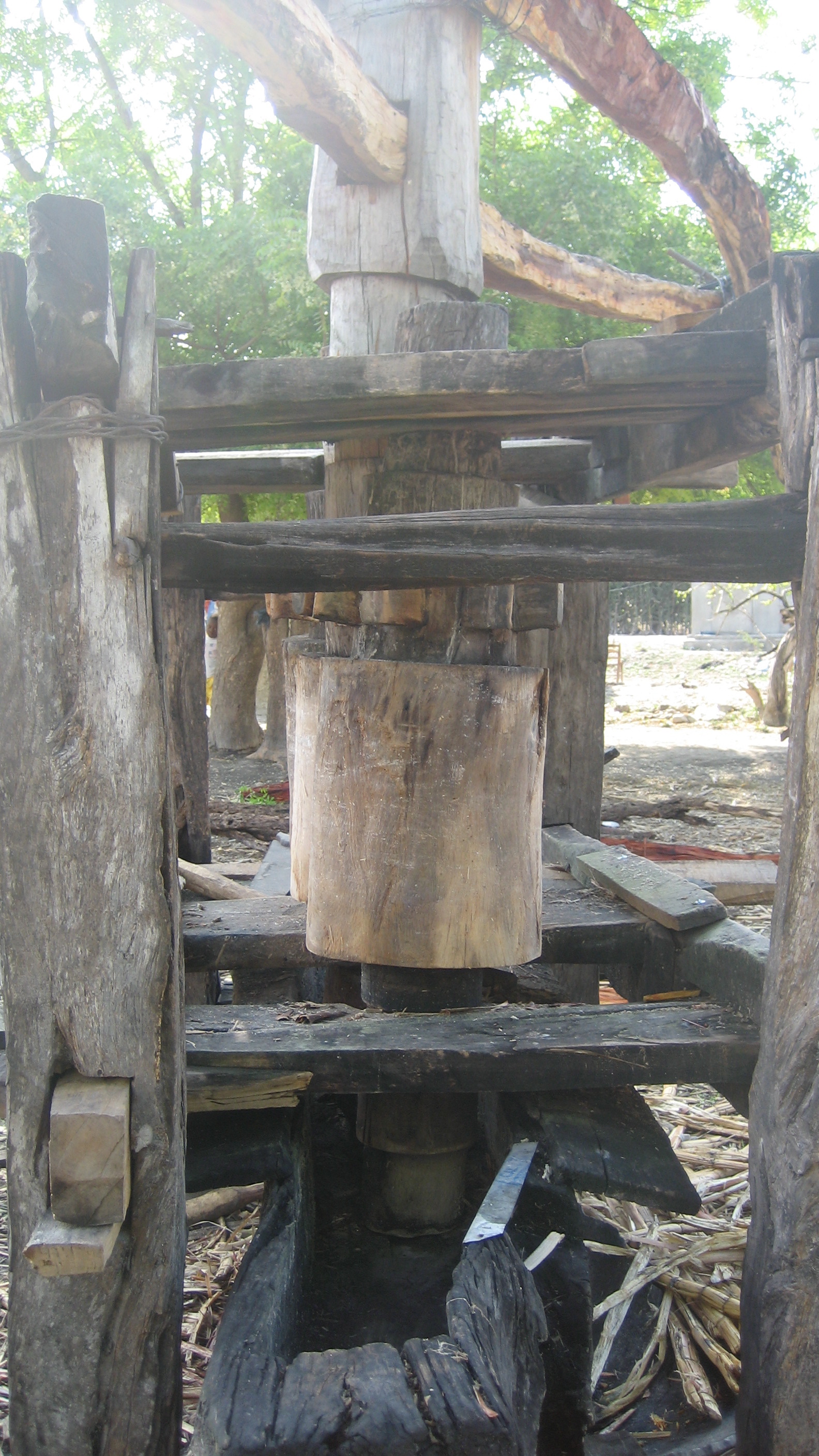VERRETTES/DESCHAPELLES
Small-scale sugar-cane mills
The Artibonite's history of sugar cultivation is evident in both ruins and extant mills. I’ve seen a number of larger operations in the Valley of St. Marc. This small mill north of the road between Deschapelles and Verrettes still made a well-spiced sirop, available in Barbancourt bottles, on my 2008 visit. The mill’s owner said that this structure had been in the family since the 1700s. It is pulled by the family’s animals. While some of the wood is obviously quite new, other wood seems very old. The later photos are of other nearby, small-scale mills. Almost all the sites featured the big metal bowls that could possibly be taken from older colonial habitations--does anyone know?

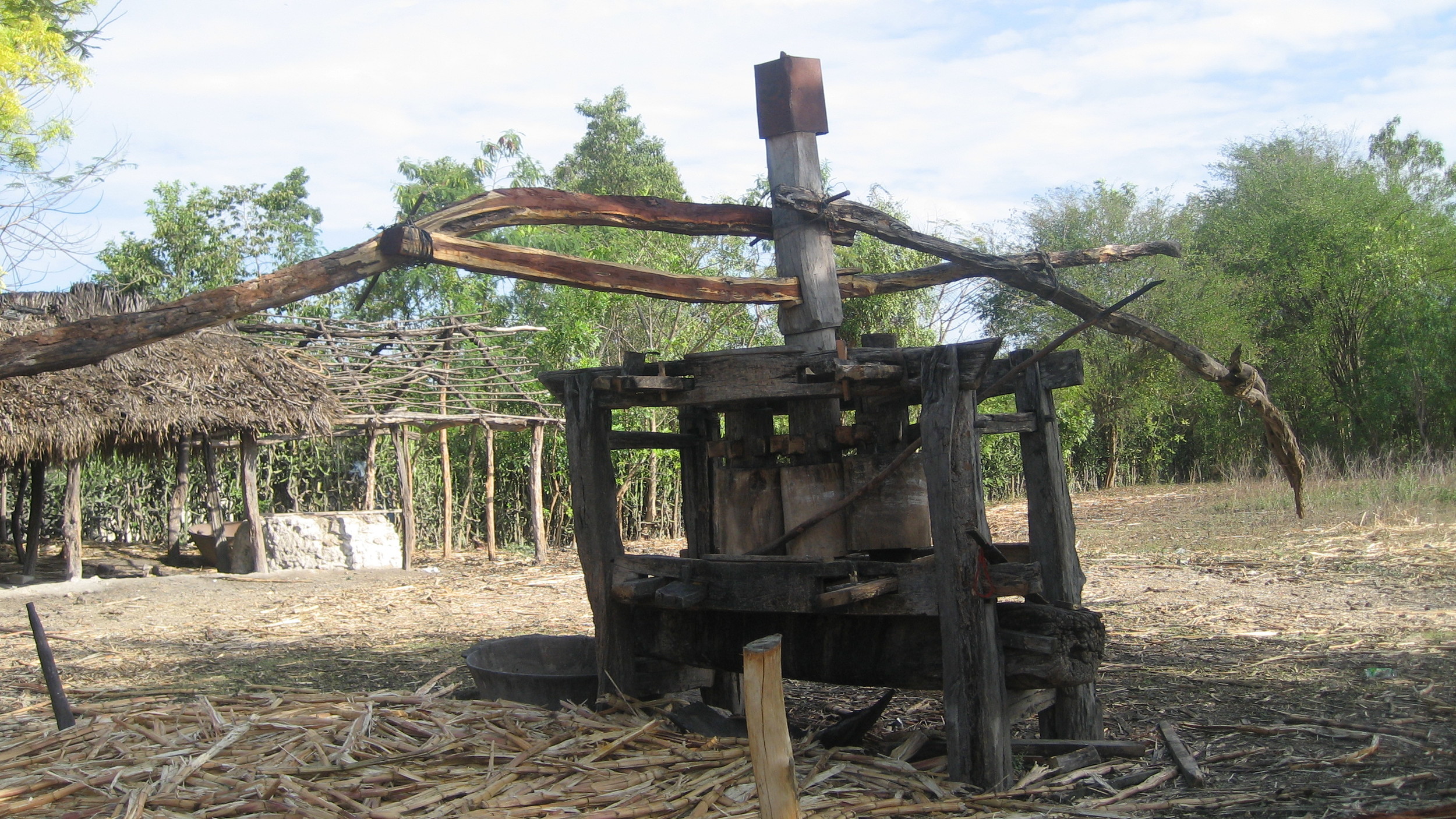
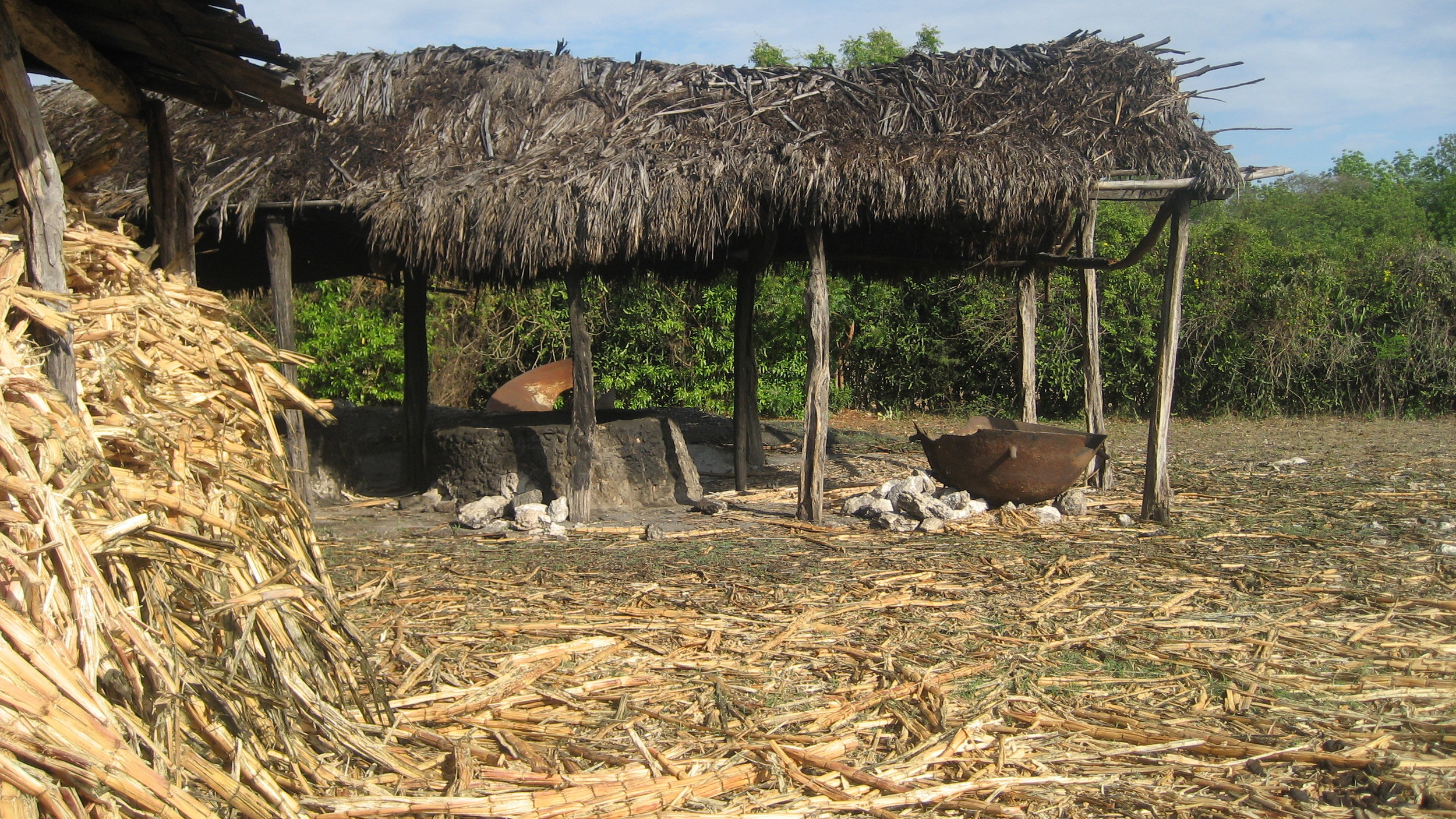

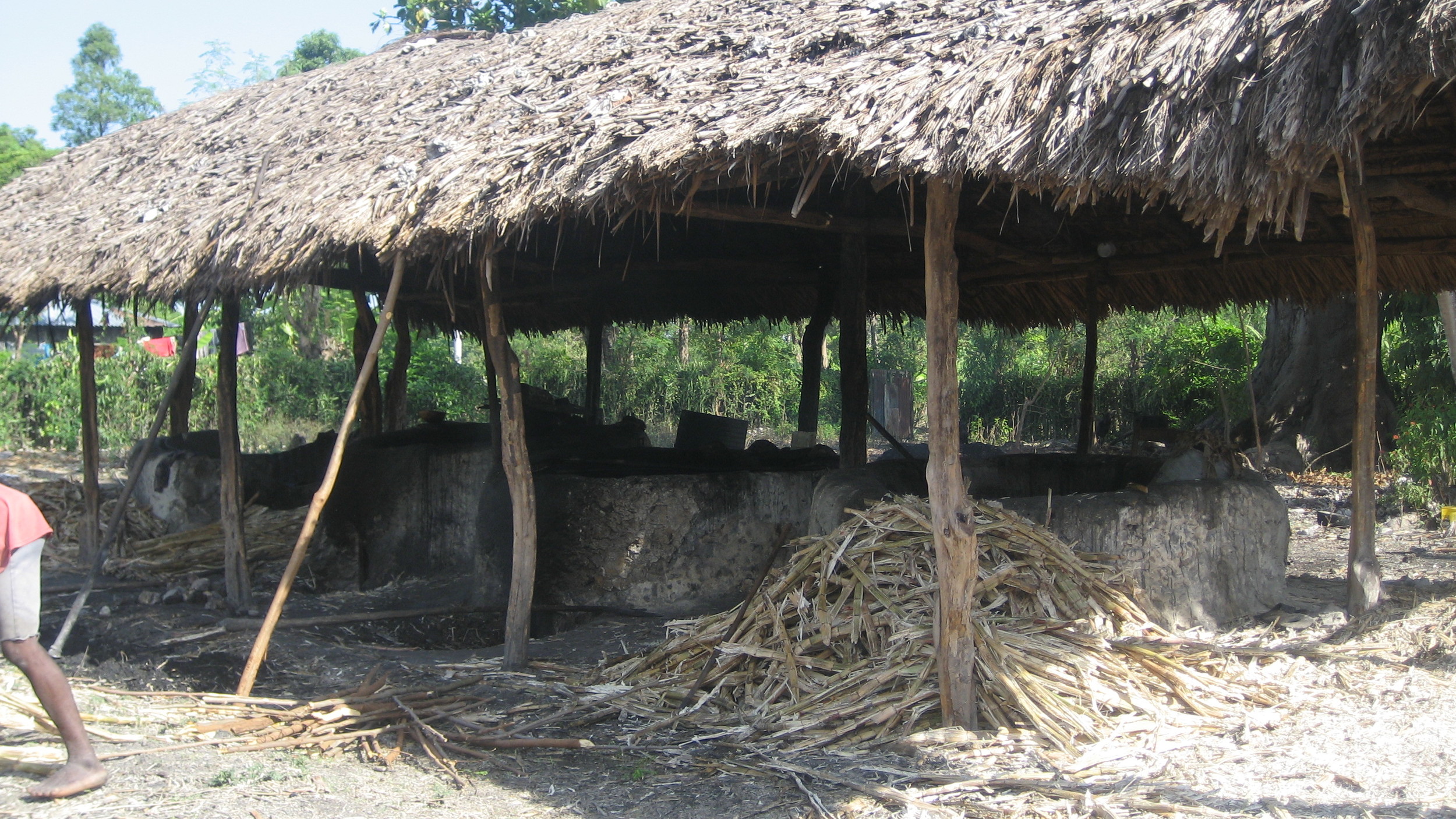
Deschapelles
On the Hôpital Albert Schweitzer grounds in Deschapelles (off the road from Pont Sondé to Mirebalais), this mill ruin and aqueduct has smaller outbuildings and foundation ruins surrounding it (of interest is one to the right of the aqueduct totally choked by vines; I’d walked by it for decades without noticing it…). The last 2 photos are ruins on the south side of the road between Deschapelles and Verrettes and may be an outbuilding of the large plantation whose ruins are still in evidence in Deschapelles itself. Of unclear purpose, the building is small and squat and currently filled with plantain trees.











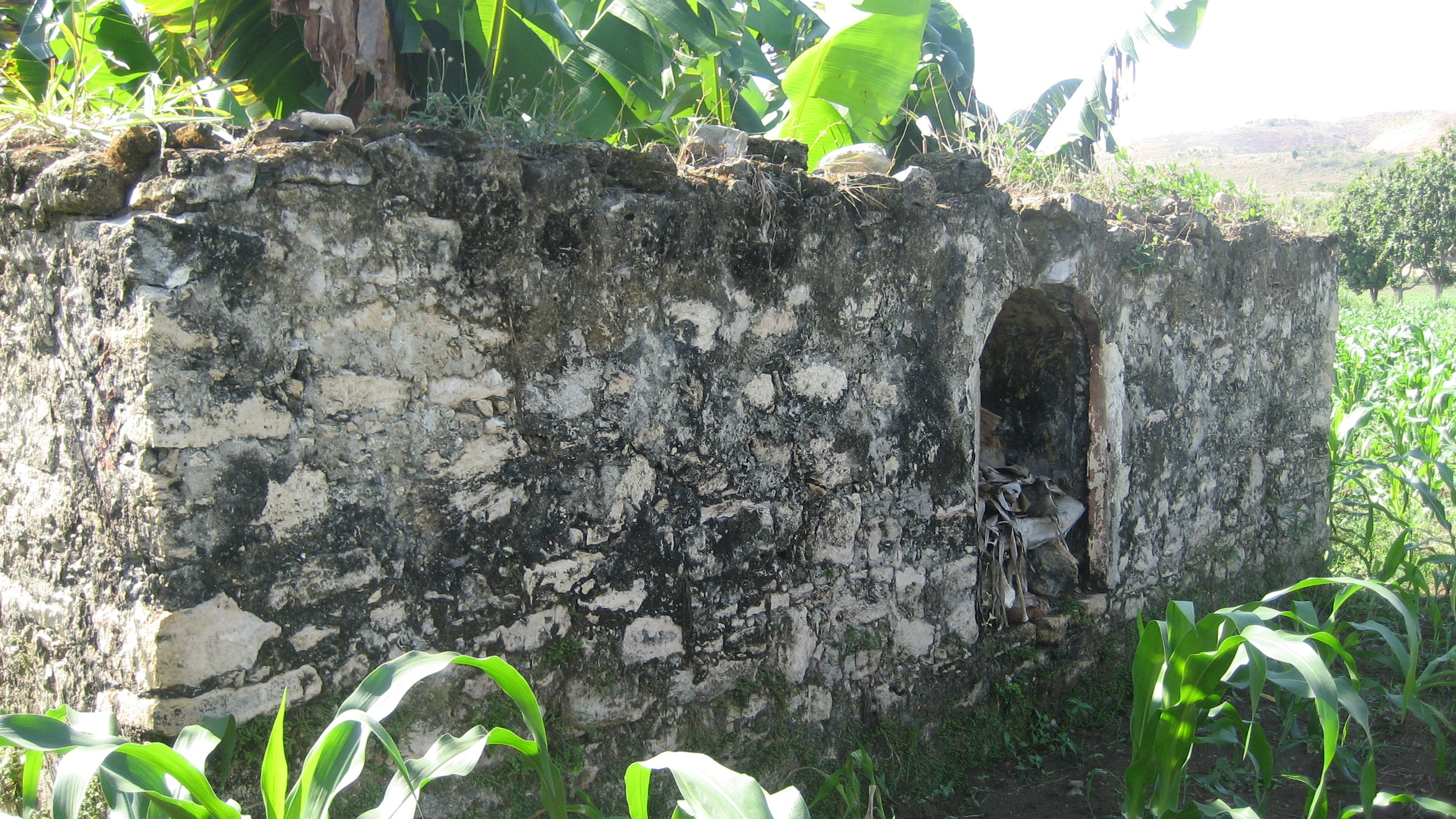
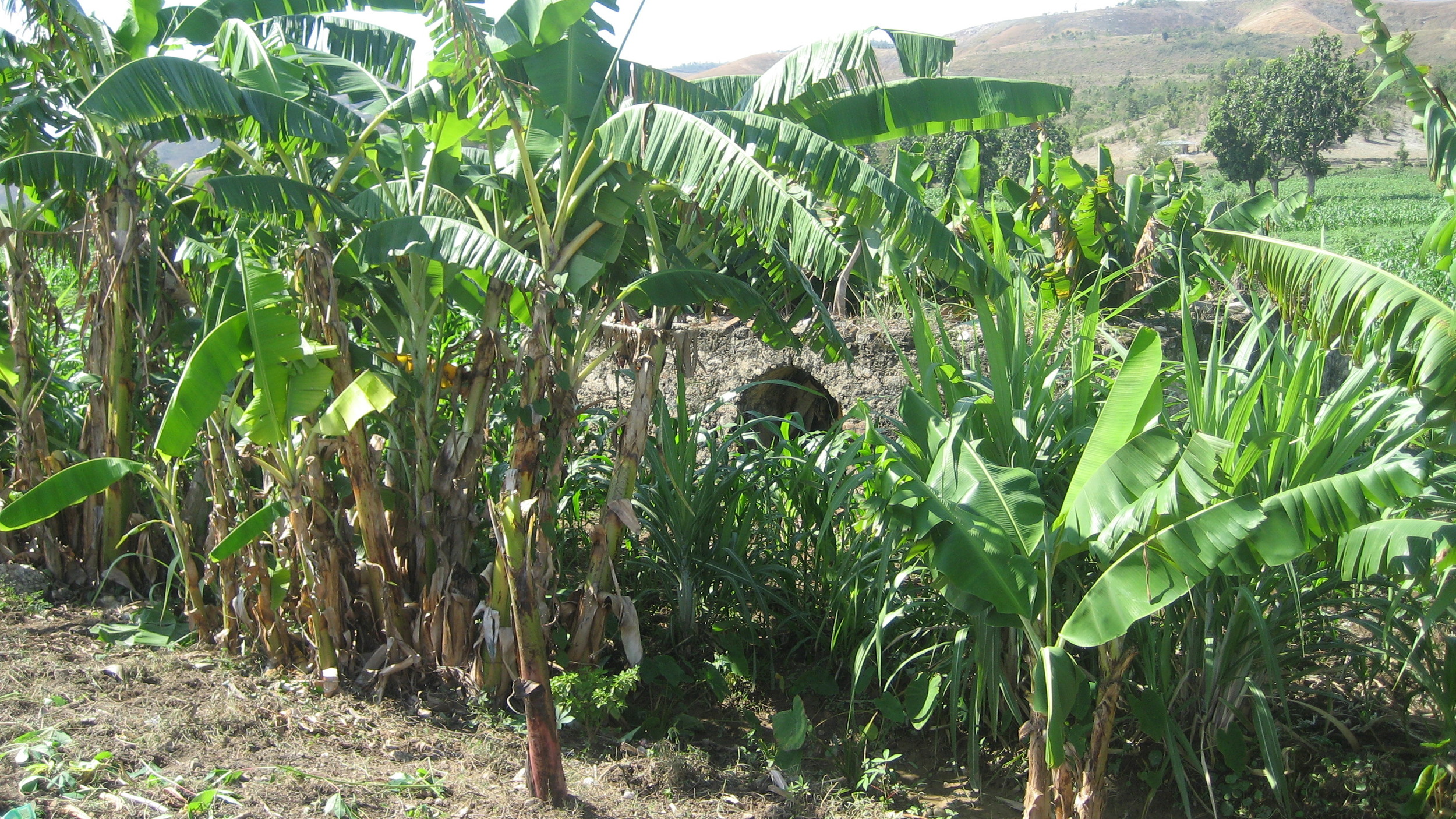
Belanger aqueduct
This golden aqueduct is just barely visible across the rice paddies on the southern side of the road between Liancourt and Verrettes, near Belanger (according to my notes). It is to the west of the canal. In addition to the stone ruins and the gorgeous spring, there were also rusted ruins of old machinery. While there is extensive irrigation throughout the Artibonite Valley, this seemed to be a spring bubbling up here.

